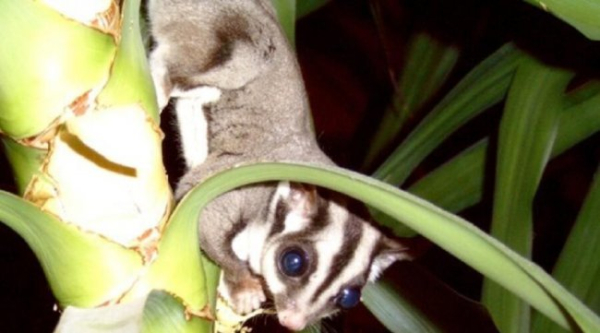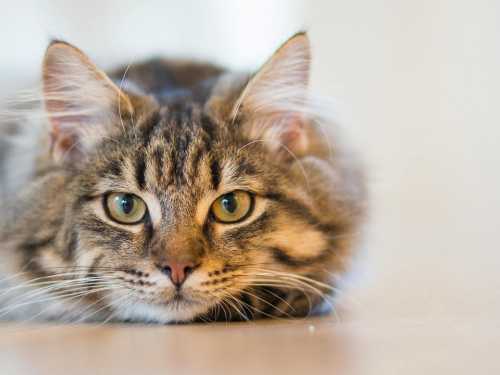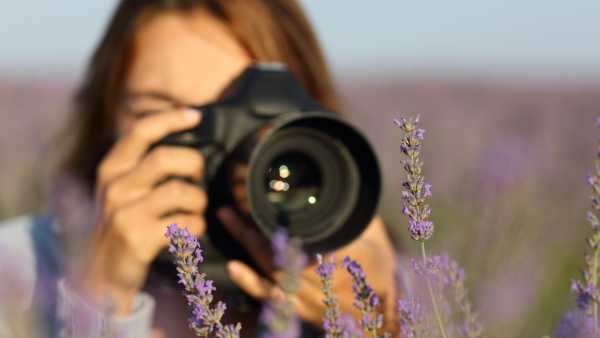
The sugar squirrel, also known as the pygmy glider, is the smallest marsupial. It's a surprisingly cute creature of nature, and is now kept as a pet by fashion-conscious exotic animal lovers.
The sugar glider, also known as the sugar glider, is a marsupial mammal of the family Marsupialidae. It is popularly known as the sugar squirrel due to its fondness for sweets.
The word “marsupial” conjures up images of Australia—marsupials are endemic to that continent. More specifically, flying squirrels inhabit its northern and eastern parts, as well as New Guinea, Tasmania, and the Bismarck Archipelago.
This exotic animal is called a squirrel because its body shape resembles that of a squirrel, and its length is 15-21 cm. The sugar glider's beautiful, fluffy tail is slightly longer than its body. It can twist its tail into a spring, thus capturing small objects.
The graceful body appears wide due to a short-haired membrane of skin connecting the front and hind legs. When jumping, the flying squirrel extends its limbs outward, stretching the membrane, allowing the animal to glide for distances of up to 50 meters or more. This ability to glide through the air is what gave them the name “flying squirrel.”
Sugar squirrels control their direction using their paws and tail. While gliding, they can turn 180 degrees. The young learn to fly at one and a half months old.
It's difficult to spot a sugar squirrel during the day—it's nocturnal. To cope with the darkness, nature has equipped this little creature with enormous eyes and large, mobile ears.
Flying squirrels nest in tree hollows, often occupying abandoned woodpecker nests. Sugar squirrels live in families or groups. The alpha male is the leader of the group. Conflicts within the group are rare, but if an outsider appears, there will be no mercy.
Flying squirrels communicate with each other using sounds reminiscent of bird chirping or barking.
Sugar squirrels rarely descend to the ground. They feed on the sweet sap of eucalyptus and acacia trees, nectar, fruits, insects, and other small animals. When food is scarce, they enter a state of lethargic sleep for up to 23 hours a day to conserve energy.
Now we come to the most important point: keeping the animal at home, not in a modern zoo or reserve, where conditions are created as close as possible to their natural habitat, but in an apartment.
So, the sugar squirrel almost never comes to the ground; this free-spirited animal loves to soar in the air at night, lives in groups, and is sociable with its fellow squirrels. Not to mention the diversity of its natural diet.
Some might argue that their lifespan doubles in captivity. But imagine you were placed in a decent prison, given food and drink, medical treatment, undergoing anti-aging treatment, and being studied to see how much longer you would live compared to the average person on Earth.
You want to live a full human life—to love, to suffer, to do what you love, to travel—but you've been locked in a cage. Would you be happy to live in captivity for 150 years?!
So, if a sugar squirrel could speak, she would say: “Oh! Give me, give me freedom, I want to live my life to the fullest!”
I'd like to say a word to all terrarium keepers chasing exotica and fashion: perhaps you'd be better off housing the world's tiniest turtle, no more than 10 cm in size, in a spacious terrarium and observing it—as zoologists say, these fascinating creatures of nature still hold so many secrets. Perhaps you, too, will be lucky enough to witness one of these secrets.





